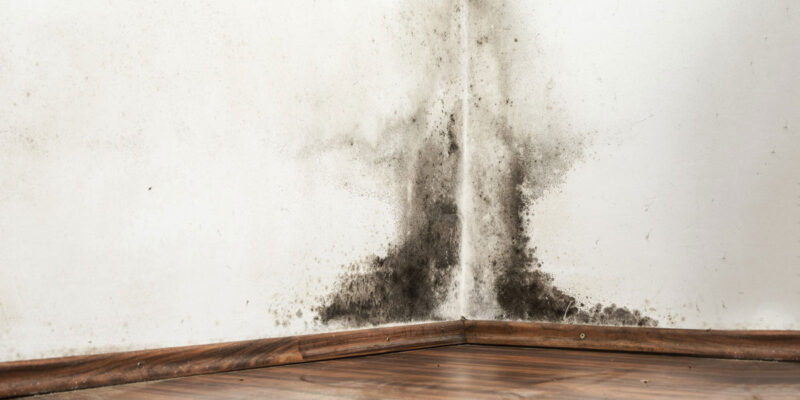Mold is a common problem that many homeowners face, but identifying whether you have visible or hidden mold in your home can be a challenge. Visible mold is easy to spot, often appearing as fuzzy patches of discoloration on walls, ceilings, or other surfaces.
Hidden mold, on the other hand, can lurk behind walls, under floorboards, or in other hidden areas where it may not be immediately visible. In order to protect your home and your health, its important to know how to identify both visible and hidden mold so that you can take appropriate action to address the issue.
In this article, we will provide you with tips and strategies to help you identify both visible and hidden mold in your home, so you can address the problem before it becomes a more serious issue.
1. Understanding the Differences Between Visible and Hidden Mold

When it comes to understanding the differences between visible and hidden mold in your home, its important to be aware of the various signs and symptoms to look out for. Visible mold can often be seen on surfaces such as walls, ceilings, or floors, appearing as discolored patches or fuzzy growths.
On the other hand, hidden mold may be lurking behind walls, beneath floors, or within HVAC systems, making it harder to detect with the naked eye. Both types of mold can cause similar health issues when exposed, such as respiratory problems, allergies, and skin irritation.
By being proactive in identifying and addressing mold in your home, you can help ensure the health and safety of yourself and your family.
2. Signs of Visible Mold in Your Home

Visible mold in your home can present itself in a variety of ways, making it important to stay vigilant for any signs of its presence. One common indicator is the appearance of dark spots or patches on walls, ceilings, or other surfaces.
These spots may have a fuzzy or slimy texture and can range in color from black, green, or even orange. Another sign is a musty or earthy odor that lingers in certain areas of your home, indicating the presence of mold growth.
Additionally, warped or discolored areas on walls or ceilings can also point to a mold infestation. If you notice any of these signs, it is crucial to take action promptly to address the issue and prevent further spread throughout your home.
3. Tips for Identifying Hidden Mold in Your Home

When trying to identify hidden mold in your home, there are several tips to keep in mind. First, be sure to thoroughly inspect areas that tend to be damp or have poor ventilation, such as basements, bathrooms, and kitchens.
Check for any musty or earthy odors, as these can be signs of hidden mold growth. Additionally, be on the lookout for any water damage, such as leaks or water stains on walls or ceilings, as these can create ideal conditions for mold to thrive.
Its also important to regularly clean and maintain your home to prevent mold growth from becoming a problem. If you suspect hidden mold but are unable to locate it, consider hiring a professional mold inspector to conduct a thorough inspection of your home.
By staying vigilant and taking proactive measures, you can help ensure that your home remains mold-free.
Conclusion
In conclusion, it is crucial for homeowners to stay vigilant in identifying both visible and hidden mold in their homes. Regular inspections, especially by a professional mold inspection tampa service, can help catch mold issues before they become a serious problem. By being proactive and addressing any signs of mold promptly, you can protect the health of your family and prevent costly remediation efforts in the future.
Remember, when it comes to mold, its always better to be safe than sorry.



